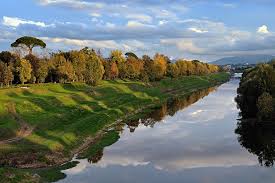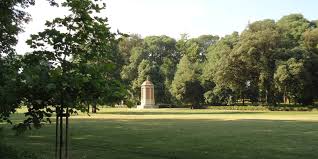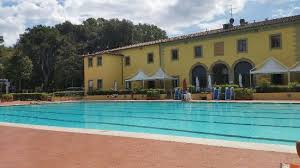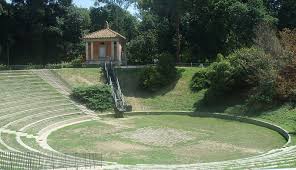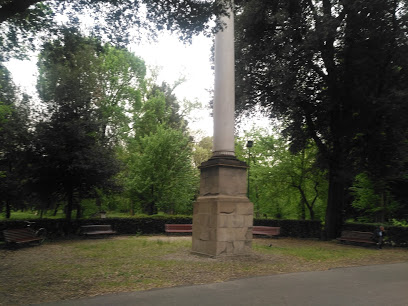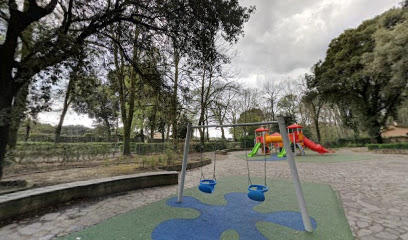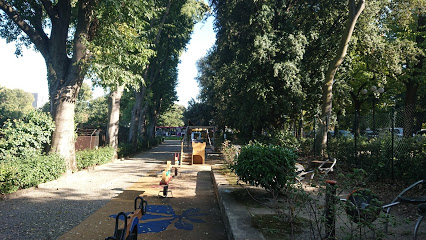It features rich plants, expansive meadows, roads and paths, and is the ideal place to practice sports (freely or with many other facilities) or to spend leisure time enjoying the nature and tranquility of the area.
"Le Cascine" is also a place to market (every Tuesday morning), a venue for events (cultural and commercial events) and much more.
Historical Notes
The nucleus of the first garden was the property of Cascine dell'Isola, acquired by Duke Alessandro I de Medici (1531-1537) and Cosimo I (1537-1574) with the acquisition of other lands, all used for agricultural purposes and hunting.
Pietro Leopoldo di Lorena is the first to open the Cascine Granducali to the public, even if it is limited to special events and events (court organized performances and a boarding ceremony).
The first architectural effort of the great commitment is the building of Palazzina Reale, in Piazzale delle Cascine, built by architect Giuseppe Manetti in 1785, to which we also owe Ghiacciaia in the form of a pyramid.
During the period of Napoleon Eliza Bakiuci, the Grand Duchess of Tuscany from 1807 to 1815, Cascine was finally transformed into a public park, demonstrating the concept of rare modernity.
Giuseppe Poggi was responsible for the idea of the large entrance to the garden, which draws on the current design of piazzale Vittorio Veneto, albeit with cuts and modifications.
At the end of the 1930's, architect Raphael Vagnoni established the School of Air Warfare, which was run in 1935 and ended in 1938. This is another important architectural intervention in the entire park.
Plants and animals
The garden heritage of the park is very rich in more than 19 thousand samples.
The impressive trees in Piazza Vittorio Veneto (the Atlas trees), the Piazza delle Cascin (local pine, plane trees and Gingju Bilbua), the fringes of the Arno (white poplar trees) and the Querciony meadow (plane trees, Holm oak) (Horse chestnuts and rice).
There are many species of birds that live in the park: in addition to the most common species (birds, swift, spinach, starling, freckles, lobsters, parrots, etc.), you can also see herons and gray.

